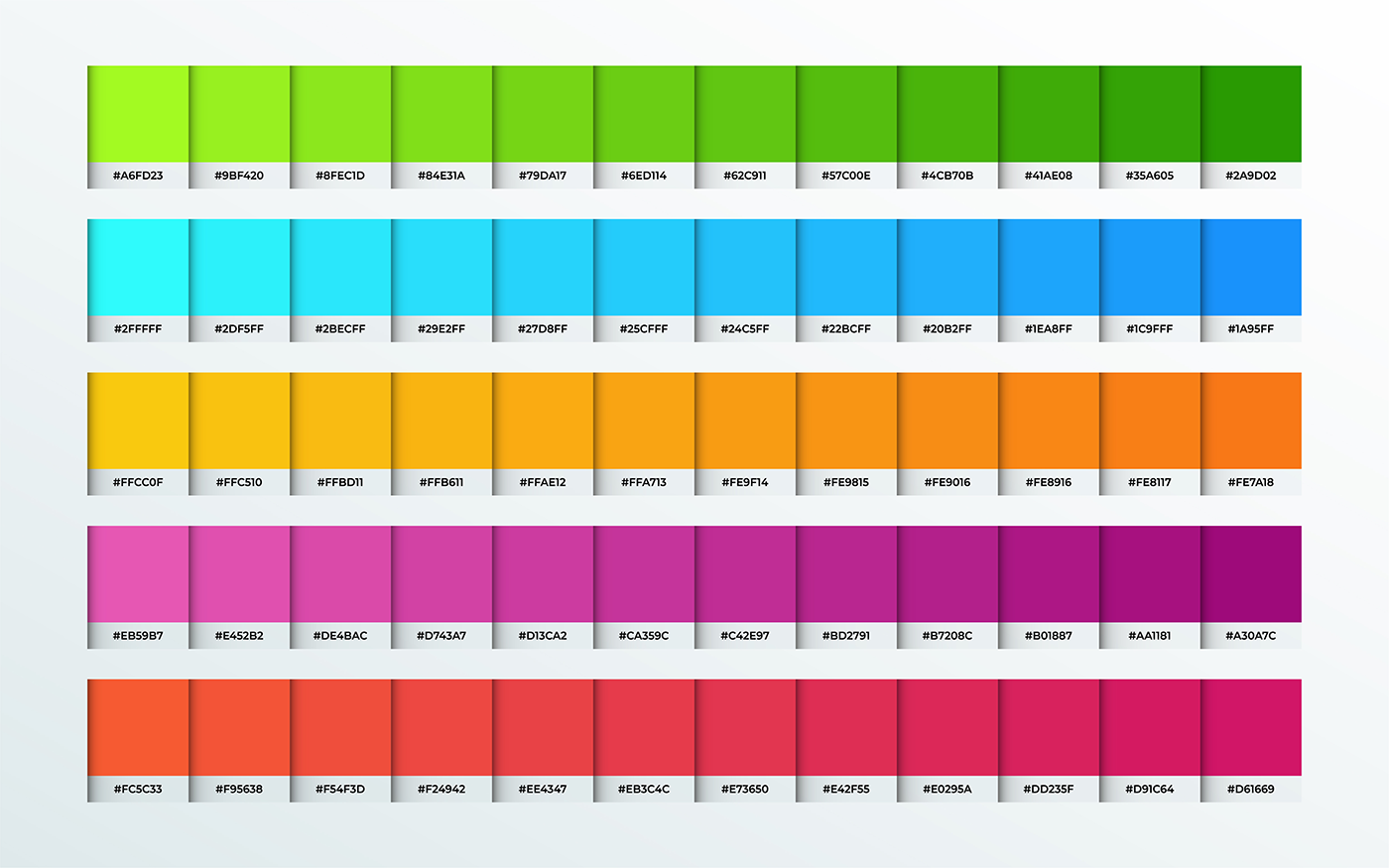Poster Series
48×72
Belonging to the expansive realm of large format paper sizes, the 48x72 inch paper size is a formidable player. This size, often used for applications such as posters, charts, and diagrams, offers an expansive canvas for visual communication.
While not directly falling under any specific ISO or ANSI series due to its unique dimensions, the 48x72 inch paper size shares similarities with the A0 size from the ISO 216 series. The A0 measures approximately 33.1 x 46.8 inches - smaller than our subject but still within the large format category.
48×72 paper dimensions
Specs
| Format | in | mm | cm | pt |
|---|---|---|---|---|
| 2A0 | 46.81 x 66.22 | 1189 x 1682 | 119 x 168 | 3370 x 4768 |
| A12 | 0.51 x 0.71 | 13 x 18 | 1 x 2 | 37 x 51 |
| 4A0 | 66.22 x 93.62 | 1682 x 2378 | 168 x 238 | 4768 x 6741 |
| A11 | 0.71 x 1.02 | 18 x 26 | 2 x 3 | 51 x 74 |
| A10 | 1.02 x 1.46 | 26 x 37 | 3 x 4 | 74 x 105 |
| A3+ | 12.95 x 19.02 | 329 x 483 | 33 x 48 | 933 x 1369 |
| A1+ | 23.98 x 35.98 | 609 x 914 | 61 x 91 | 1726 x 2591 |
| A0+ | 35.98 x 50.87 | 914 x 1292 | 91 x 129 | 2591 x 3662 |
| A6 | 4.13 x 5.83 | 105 x 148 | 11 x 15 | 298 x 420 |
| A5 | 5.83 x 8.27 | 148 x 210 | 15 x 21 | 420 x 595 |
| A4 | 8.27 x 11.69 | 210 x 297 | 21 x 30 | 595 x 842 |
| A3 | 11.69 x 16.54 | 297 x 420 | 30 x 42 | 842 x 1191 |
| A9 | 1.46 x 2.05 | 37 x 52 | 4 x 5 | 105 x 147 |
| A2 | 16.54 x 23.39 | 420 x 594 | 42 x 59 | 1191 x 1684 |
| A8 | 2.05 x 2.91 | 52 x 74 | 5 x 7 | 147 x 210 |
| A1 | 23.39 x 33.11 | 594 x 841 | 59 x 84 | 1684 x 2384 |
| A7 | 2.91 x 4.13 | 74 x 105 | 7 x 11 | 210 x 298 |
| A0 | 33.11 x 46.81 | 841 x 1189 | 84 x 119 | 2384 x 3370 |
The sheer magnitude of a 48x72 inch paper provides ample space for detailed graphics and extensive information. It's particularly favored in industries where large-scale visibility is paramount - think trade shows or architectural presentations.
Interestingly enough, despite its grand scale, this paper size maintains a certain level of portability. When rolled up for transport or storage, it becomes surprisingly manageable - a testament to its practicality amidst its impressive dimensions.
While not conforming strictly to any ISO or ANSI standard sizes, the 48x72 inch paper holds its own in terms of versatility and functionality in various professional settings.
Other Formats in the Poster Series
Interesting facts about 48×72
1: The 48x72 paper size is part of the ANSI/ASME Y14.1 series
The ANSI/ASME Y14.1 series, also known as the Engineering Drawing and Related Documentation Practices, defines a set of standard paper sizes used in engineering drawings and technical documentation. The 48x72 size is one of the larger formats in this series.
2: It is commonly used for architectural and engineering plans
Due to its large dimensions, the 48x72 paper size is often preferred for architectural and engineering plans that require detailed drawings or blueprints. Its ample space allows for accurate representation of complex designs.
3: The aspect ratio of 48x72 paper is approximately 2:3
The aspect ratio refers to the proportional relationship between the width and height of a paper size. In the case of 48x72, its aspect ratio is approximately 2:3, meaning that for every two units of width, there are three units of height.
4: It can be folded into smaller sizes
Despite its large dimensions, the flexibility of paper allows it to be easily folded into smaller sizes if needed. This can be useful when transporting or storing documents printed on 48x72 sheets.
5: The history of global paper sizes dates back to ancient times
The concept of standardized paper sizes has been around since ancient Egypt and Rome when papyrus scrolls were used for writing purposes. However, it was during the Renaissance period that more formalized systems began to emerge.
6: ISO A0 corresponds closely to the dimensions of a trimmed B0 sheet
The ISO A series, which includes the popular A4 size, is based on a mathematical formula that maintains the same aspect ratio throughout the range. Interestingly, an ISO A0 sheet closely corresponds to the dimensions of a trimmed B0 sheet.
7: The 48x72 size is not part of the ISO paper size series
While many paper sizes are standardized under the International Organization for Standardization (ISO), such as A4 and A3, the 48x72 size does not fall within this series. It belongs to other regional or industry-specific standards.
8: Paper sizes can vary across different countries and industries
Various countries and industries have their own preferred paper sizes. For example, North America commonly uses Letter (8.5x11) and Legal (8.5x14) sizes, while Europe favors A-series sizes like A4 (8.27x11.69). This diversity can sometimes lead to compatibility issues when sharing documents internationally.
9: The weight of a 48x72 sheet depends on its thickness
Paper weight is measured in grams per square meter (gsm) and varies depending on its thickness or density. The weight of a 48x72 sheet will depend on the specific type of paper used, whether it's lightweight for drafting purposes or heavier for more durable applications.
10: Papermaking is an ancient art with fascinating techniques
The process of making paper dates back over two thousand years and has evolved significantly over time. From ancient methods involving plant fibers to modern industrial processes utilizing wood pulp or recycled materials, papermaking remains an intriguing blend of science and craftsmanship.





